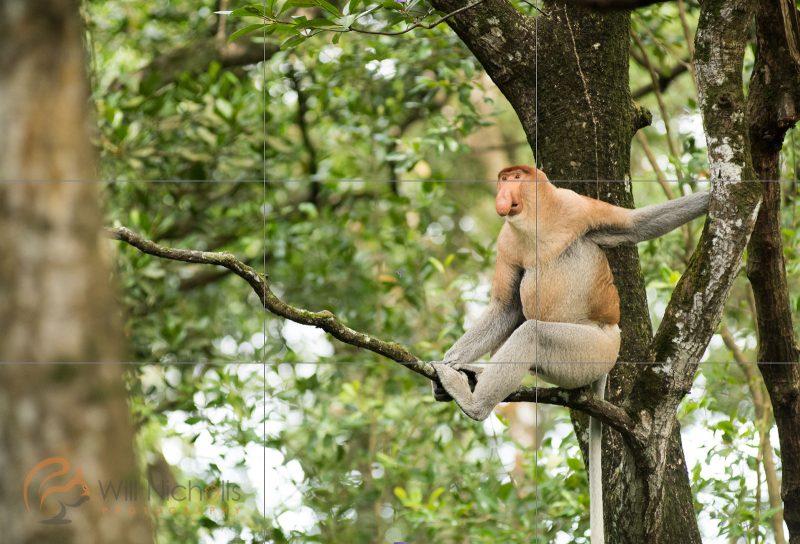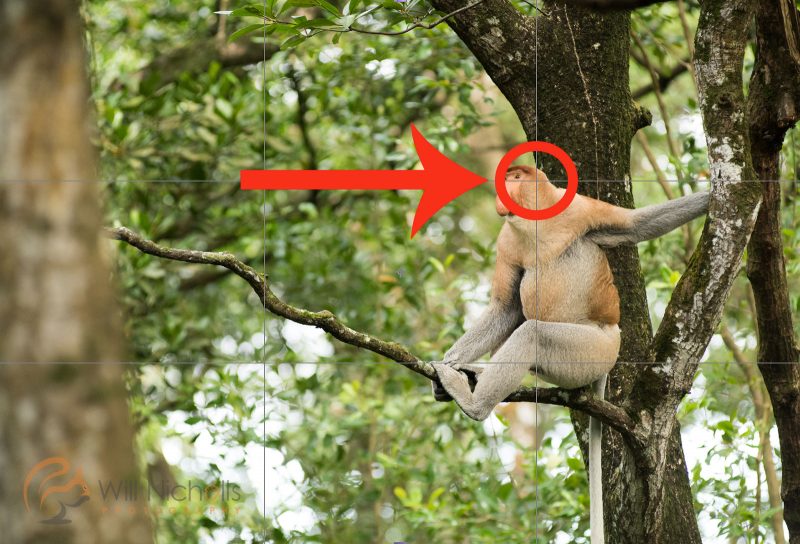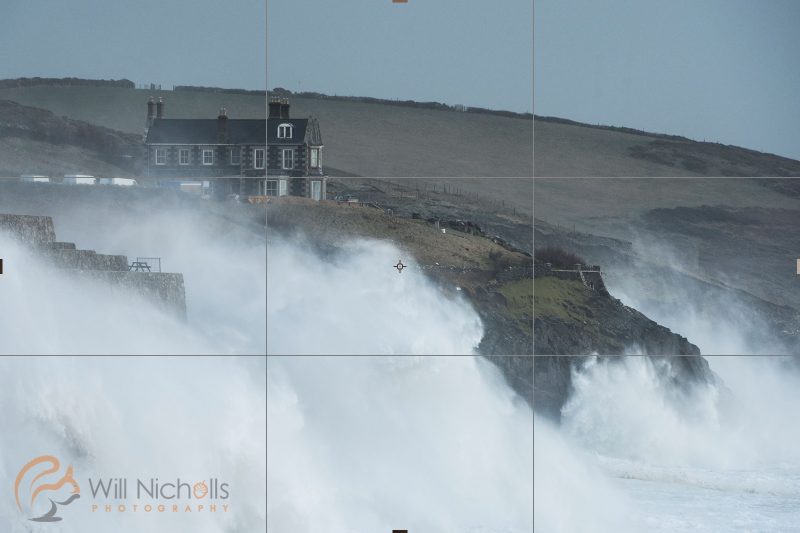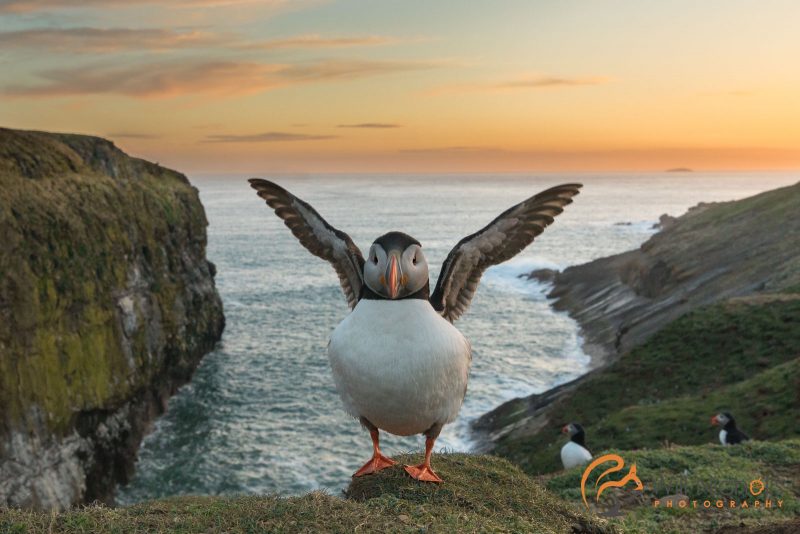Rule of Thirds in Photography: Composition Tips

The rule of thirds is the most well-known compositional rule (or guideline) in photography, and it is probably one of the first things you learn about as a new photographer. You may already have some kind of understanding around the rule of thirds, and an idea that is isn’t always the best option for your photo. Rules are made to be broken, as you have no doubt heard a million times already.
In this article, we’ll look at the rule of thirds in photography and how it can help, or hinder, your photographs.


Table of Contents
What is the Rule of Thirds?
The rule of thirds describes a basic compositional structure of a photograph. Taking any image, you can split it into 9 segments by using 3 vertical and 3 horizontal lines.

When you’re photographing an animal, or a person, you tend to use the rule of thirds to provide an area of the image for the subject to “look into.” For example, as shown in the photo above, I have allowed two-thirds of space for the proboscis monkey to look towards.
You’ll notice that I have also places the “point of interest” at the area two of the lines intersect. In this case, it is the head of the animal in the photograph. It’s no coincidence that the two lines intersect at this part of the image. The rule indicates that you should place key elements of your scene at one or more of these areas in a photo.

How to Compose Your Photos
When you first pick up a camera, you’ll probably find yourself shooting images left, right, and centre. There is so much to remember and learn in that first crucial period as a beginner, and actually paying attention to composition whilst taking photographs can be a challenge. That is particularly the case for wildlife photographers, as those fleeting moments will encourage you to snap a picture whilst you have a chance, rather than miss the opportunity by worrying about composition.
But as you gain experience, you’ll find that you are able to slow the process down and apply things like the rule of thirds without much thought. To shoot a frame that obeys the rule of thirds in photography, you need to ensure that you allow for enough space so that you can later fine-tune the composition with a bit of cropping. Perhaps you get it right first time, but often you’ll find yourself tweaking the crop (even if it’s just by a matter of a few pixels!).
You might find that the rule of thirds is easier to apply if you shoot a little wider, allowing you to provide that space for your subject to look into. You don’t always need to zoom in as much as possible.

For landscape photographers, it is easier to consider your composition and take your time – those mountains aren’t going to be running off anytime soon. Typically, you’ll want to have two-thirds of your frame of land, and the remaining third being sky – or the other way around.
Tips for Perfecting the Rule of Thirds
There are a couple of ways that come to mind for those wanting to practice with the rule of thirds. Eventually, you should be able to gauge the composition by eye, but initially you may want some assistance. With experience, you’ll find that some crops just “feel” better – I actually feel slightly uncomfortable sometimes when looking at a photo that is composed a little “off,” and use this intuition to improve my composition.
Firstly, a number of cameras allow you to enable a gridded overlay in the viewfinder. In fact, I have yet to find a camera that doesn’t offer this – even iPhones do! So dig into your camera’s menu, and try to enable a compositional aid overlay. This should help you to compose on the move.
Secondly, when you’re cropping your photos in your editing software, you should be able to enable the same overlay on the cropping tool. This can be done in Photoshop, as well as Lightroom and Luminar.
When Should You Not Use It?
Whilst the rule of thirds in a fantastic way to immediately improve a photo’s composition and has been around since the 18th century, it can also hold you back if you stick to it in all situations. I find that some photos just don’t suit this “rule,” and it is instead better described as a “guideline.”

The above photo is a good example of using the rule of thirds, in my opinion. If you obey the rule to the letter, you might be tempted to place the puffin off to the side. However, considering it is looking straight down the lens, there is no option but to place it centrally, in my opinion.
However, the eagle-eyed amongst you will notice that the landscape in the background is obeying the rule of thirds – there is two thirds of land, and a third of sky. This is almost a hybrid image, both obeying and breaking the rule of thirds at the same time.
Other photos will just disregard it completely, such as this image of a seal “waving” to the camera.
Again, with the subject staring down the lens, the photo lends itself to a different compositional style. I find that wildlife photos that create impactful portraits tend to opt for this style, rather than the rule of thirds itself.
In Conclusion
When you’re first getting to grips with the rule of thirds, I suggest exploring your composition. Don’t only stick to this style of composition, but don’t disregard it either. When you’re faced with a scene, try shooting it with and without the rule, allowing you to learn which style fits best.
The rule of thirds is a fantastic compositional tool for quickly improving a photo, and making it more pleasing to view. However, it’s not the “make or break” of a photo, by any stretch of the imagination.






